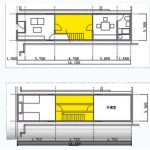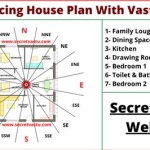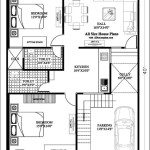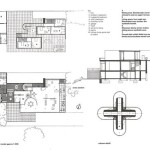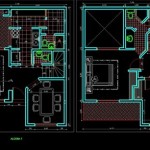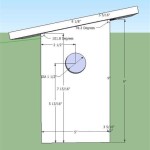Essential Aspects of House Layout Planning Tools
Planning a house layout is a crucial step in building or renovating a home. It involves carefully considering various aspects to create a functional, comfortable, and aesthetically pleasing living space. House layout planning tools can be invaluable in this process, providing valuable insights and assistance in optimizing the design.
1. Room Placement and Flow
The placement of rooms and their connection to each other greatly impacts the overall flow and functionality of the house. A good layout tool allows you to experiment with different arrangements, considering factors such as natural light, privacy, and traffic patterns. It helps ensure that rooms flow seamlessly into one another, creating a sense of cohesion and ease of movement.
2. Space Utilization
Maximizing space utilization is vital for efficient and comfortable living. Layout planning tools provide an accurate representation of the available space, enabling you to plan the placement of furniture, fixtures, and appliances. By optimizing the use of every nook and cranny, you can create a well-organized and clutter-free living environment.
3. Natural Lighting and Ventilation
Natural light and ventilation play a significant role in the overall well-being of the occupants. Layout planning tools help visualize the flow of natural light throughout the house, allowing you to position windows and doors strategically. Proper ventilation ensures a healthy indoor environment by promoting airflow and preventing moisture buildup.
4. Privacy and Security
Privacy and security are essential considerations when planning a house layout. The tool can help you create sightlines and design features that maintain privacy in sensitive areas such as bedrooms and bathrooms. Additionally, it can assist in planning security measures such as access control and surveillance systems.
5. Architectural Style and Aesthetics
Your house layout should align with the overall architectural style and aesthetic preferences. Layout planning tools offer a variety of design options to complement different styles, from traditional to contemporary. You can preview different materials, textures, and finishes to create a cohesive and visually appealing living space.
6. Collaborative Planning
For shared or multi-family living arrangements, collaborative planning is essential. House layout planning tools facilitate the involvement of multiple stakeholders, allowing them to share ideas, provide feedback, and make informed decisions together. This collaborative approach ensures that the final layout meets the needs and aspirations of all occupants.
7. Future Flexibility and Expansion
It is prudent to consider future flexibility and expansion when planning a house layout. Layout planning tools allow you to experiment with different room configurations and structural features that can accommodate future additions or modifications. By planning ahead, you can create a home that can evolve and adapt to changing circumstances.
Conclusion
House layout planning tools are invaluable resources that empower homeowners and designers to create functional, comfortable, and aesthetically pleasing living spaces. By considering essential aspects such as room placement, space utilization, natural lighting, privacy, architectural style, collaborative planning, and future flexibility, these tools enable the creation of homes that meet the unique needs and aspirations of occupants.

Home Design Your House

Home Design Your House

Free House Design Home And Plans

Floor Plan Creator And Designer Free Easy App

Home Design Your House

Easy Home Building Floor Plan Cad Pro

Create Floor Plans And Home Designs

Free Floor Plan Designer

Floor Plan Creator Planner 5d

House Plans How To Design Your Home Plan

